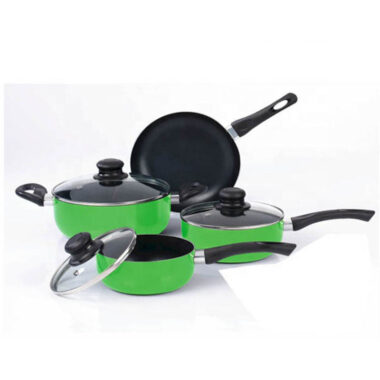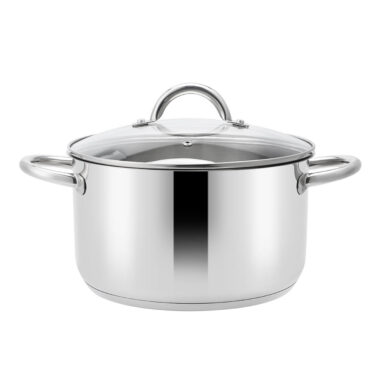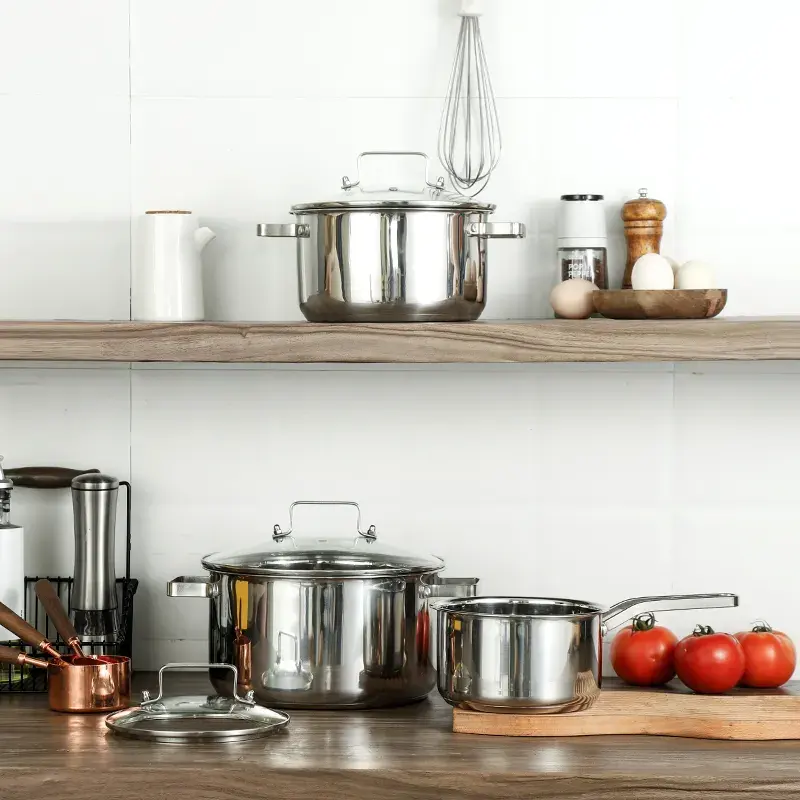Cooking with Cast Iron: Tips for Beginners and Experts
Cast iron cookware has been a kitchen staple for centuries — prized for its durability, heat retention, and versatility. Whether you’re new to cast iron or a seasoned pro, these tips will help you get the best performance and lifespan from your pan.
🔥 Getting Started with Cast Iron
- Season Your Pan Properly
Seasoning is the process of building a natural, non-stick coating by baking oil onto the cast iron surface. Many new pans come pre-seasoned, but it’s good to reinforce the seasoning:
- Rub a thin layer of vegetable oil or flaxseed oil all over the pan.
- Bake upside down in the oven at 375°F (190°C) for 1 hour.
- Let it cool and repeat if needed.
- Preheat Slowly and Evenly
Cast iron holds heat well but takes time to warm up. Preheat your pan gradually on low to medium heat to avoid hot spots and prevent warping. - Use the Right Utensils
Cast iron is durable—metal, wood, or silicone utensils won’t harm it. However, avoid overly abrasive scrubbing pads that can damage the seasoning layer.
🍳 Cooking Tips for Best Results
- Avoid Acidic Foods Initially
Tomatoes, vinegar, and citrus can strip seasoning if your pan isn’t well-seasoned. Use them sparingly until the seasoning builds up. - Don’t Overcrowd the Pan
For even cooking and proper searing, leave enough space around food items. - Master Searing and Frying
Cast iron excels at high-heat searing, giving steaks, chops, and vegetables a delicious crust. - Use Oven-Safe Cast Iron for Baking
Cast iron is great for cornbread, pizza, and even desserts like skillet cookies or cobblers.
🧼 Cleaning and Maintenance
- Clean While Warm
Rinse with hot water right after cooking. Avoid soap if possible, or use mild soap sparingly. - No Soaking
Never soak cast iron; prolonged exposure to water can cause rust. - Dry Thoroughly and Oil Lightly
Dry immediately after washing, then apply a thin layer of oil to keep the pan seasoned and rust-free.
🛠️ Expert-Level Tips
- Restore Rusty Cast Iron by scrubbing rust with steel wool, then re-seasoning thoroughly.
- Build Up Layers of Seasoning over time by regularly oiling and baking your pan.
- Use Cast Iron on All Heat Sources including induction, gas, electric stovetops, ovens, and even campfires.
✅ Why Choose Cast Iron?
- Natural non-stick surface when well-seasoned
- Excellent heat retention and distribution
- Long-lasting, often passed down generations
- Adds dietary iron to food (especially beneficial for some)
Ready to make cast iron a cornerstone in your kitchen? With a little care and patience, it can become your favorite go-to cookware for everything from breakfast eggs to Sunday roasts.
Want recipe ideas or troubleshooting tips? Just ask!







